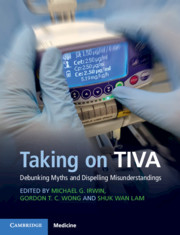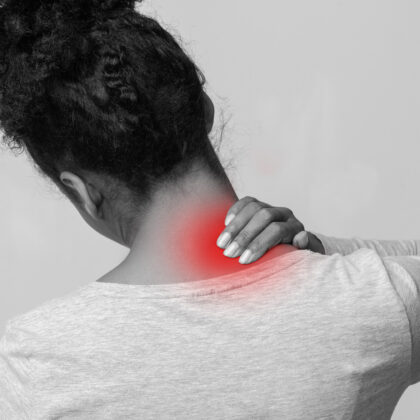Time for TIVA
Propofol target controlled infusion (TCI) was developed over 25 years ago. At this time, propofol was expensive, remifentanil hadn’t been launched and the technique seemed relatively complicated compared with the more traditional inhalational techniques that had served us quite well for more than a hundred years. Since this time, however, knowledge of propofol and, particularly, its interesting non-anaesthetic effects has expanded dramatically. Anti-emesis, less pain after surgery and smooth rapid recovery are well known benefits. Possible advantages in reducing cancer recurrence after surgery are dramatic, although most of the current evidence is retrospective. There are also potential reductions in postoperative cognitive dysfunction and delirium. Coupled with increasing awareness of the much less adverse environmental effects of TIVA over inhalational anaesthesia and the fact that it is now one of the cheapest anaesthesia techniques (most TIVA drugs are generic), what is there not to like? Why is TIVA used in less than 10% of anaesthetics in most countries?
I think that TIVA is still perceived as being relatively complex and, despite being a key component of most postgraduate anaesthesia training programs, is not well taught. Even TIVA “experts” do not always teach it well, often concentrating unduly on differences in pharmacokinetic models and more esoteric aspects of use. We need to educate clinicians and empower them to start using this technique. In fact it is actually relatively simple and is the only general anaesthetic technique that can be quite accurately personalised. With inhalational anaesthesia, usually an intravenous induction is used follows by a volatile at around 1 MAC concentration – MAC is a statistical concept which is the concentration of a vapour in the alveoli of the lungs that is needed to prevent movement in 50% of subjects in response to surgical stimulus. By definition, this will be either too high or too low for most patients. Processed EEG may help but also shows significant interindividual variability. On the other hand, using TCI one can titrate up the effect site concentration of propofol to the surgical requirement in that particular individual – personalised medicine! I have assembled a group of international experts with extensive TIVA experience who have written this book in order to demystify this technique in an approachable and easily understood way. Time for TIVA indeed!

Michael G. Irwin is co-editor of Taking on TIVA: Debunking Myths and Dispelling Misunderstandings. The book is out now and offers a practical, approachable and accessible guide to Total Intravenous Anaesthesia (TIVA) for novice to experienced practitioners.






